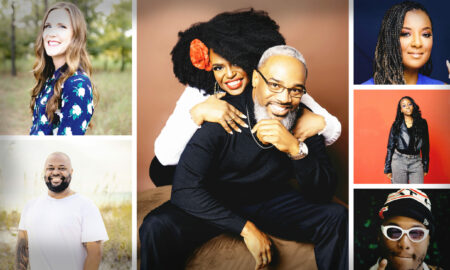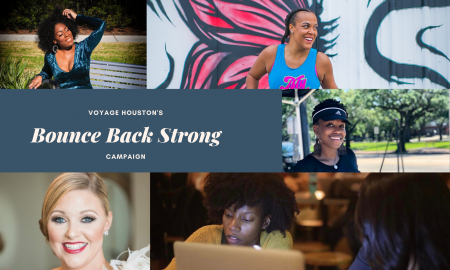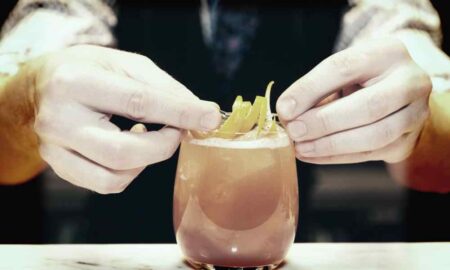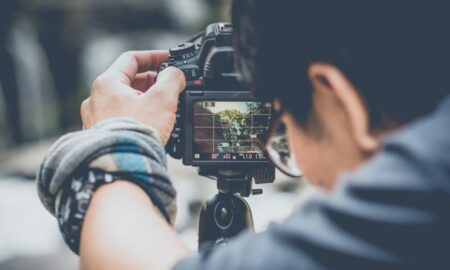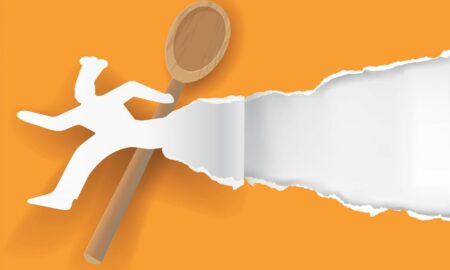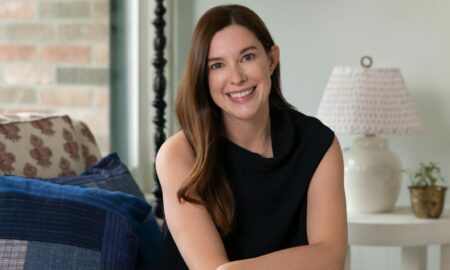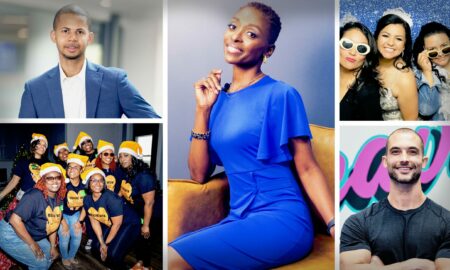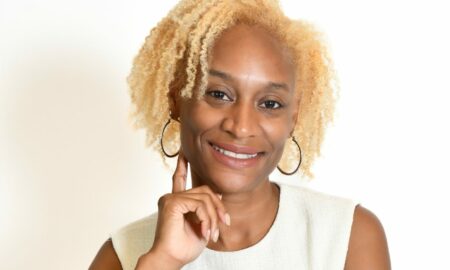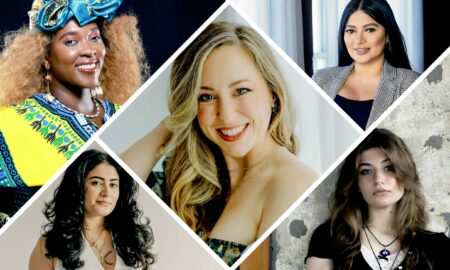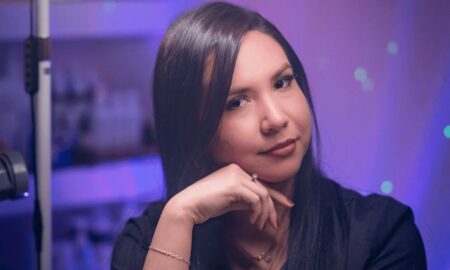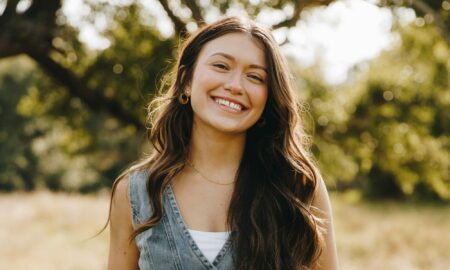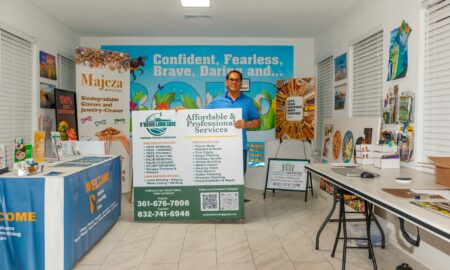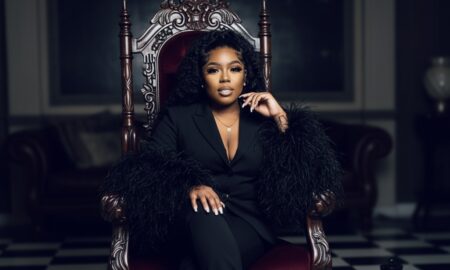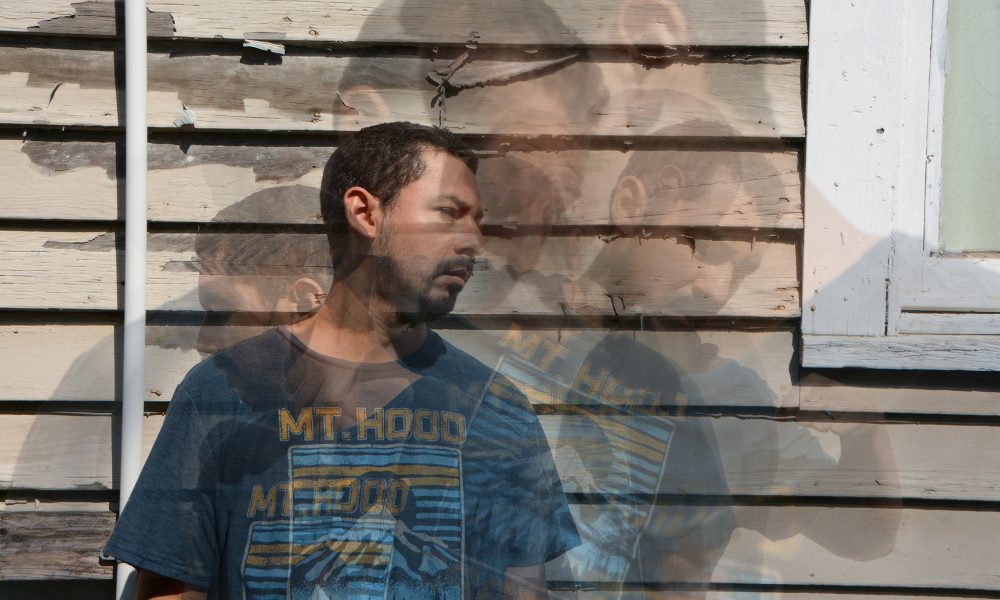

Today we’d like to introduce you to Jimmy Castillo.
Every artist has a unique story. Can you briefly walk us through yours?
I am a Native Houstonian, born and raised in Northside. I attended the High School for the Performing and Visual Arts (HSPVA). In high school, I was part of an artist collective with my fellow students called BLAFTCO. We worked with a lot of MECA (Multicultural Education and Counseling for the Arts), and they let us do projects at their space, always supporting our endeavors. We all went our separate ways for college. I got a BFA in Studio Art (Photography) from the University of Houston in 2000. After graduating, I stopped doing photography because I didn’t have access to a darkroom, and I didn’t have enough money to set up my own. This was a time when digital cameras were still being developed and were not very good, so that wasn’t an option. I stopped making art for ten years. Luckily, I was able to find fulfillment in arts administration. I worked at Lawndale Art Center for a few years, and then with Houston Arts Alliance for almost a decade. I was able to meet so many great people and learn so much about the field. It felt good to know that I was spending my working hours helping artists do the work they need to do. People would ask me if I was an artist, and I would always answer “no.”
During that time, I was still taking pictures. I shot rolls of film that I will never process. Over the years, digital photography became more affordable and accessible, so I was able to get my hands on a DSLR. I was always taking photos, even though I never had any intent to print them or show them anywhere. A friend of mine (who knew I used to make art) was putting together a group show and invited me to exhibit. I told him I didn’t have any way to print any photos. He told me to figure it out that he knew I could come up with something. So, I took a chance, bought some supplies, and started making some cyanotypes. I had some digital negatives printed, I exposed them outside in the sun, and developed them in my bathtub. I came up with some images that I liked, and my friend put them in the show. That one little push reminded me that I never actually stopped making art; I just lost my momentum.
I became involved with Voices Breaking Boundaries, and they invited me to participate in a few projects with them, too. At one of these events I ran into an artist friend, who is also a Professor, and she encouraged me to go back to school for an MFA. I applied to the UH program and was accepted. I left my arts administrator job, and with the dedication and support of my entire family, went back to school. I’m in my last year of the program, graduating in the Spring. It took me a while to get used to it, but now, for the first time in my life, when people ask me what I do, I answer with confidence, “I am an artist.”
Please tell us about your art.
I work mostly in photography because I find it to be a very pliable medium. The photographic image is often taken as “truth,” but really it is always fiction. Photographers are always cropping the world to fit within the frame of the viewfinder, taking things out of certain context and deciding what context to include. We lighten certain areas and darken others, making things more appealing and more dramatic than the way they appear in reality. I also just really love photography. Holding a camera and hearing the shutter click and the mirror flip up is one of the most satisfying things in the world. Seeing an image emerge from emulsion while developing is still the most magical effect to me, even though I have seen it a thousand times. Some of those pleasures are lost with digital photography, but they are replaced by new ones. Being able to see the image on a screen as soon as I take it has only increased my enjoyment with the medium.
I make art that examines the endurance of the powerless against the powerful. It’s fascinating to see what resources and influence are able to accomplish to their own ends, and the ways that the rest of us either succumb to authority, support the status quo or attempt to fight back against it. The struggle between the two ends of the power spectrum is a surprisingly flexible space in which the roles of power blur, commingle, and intertwine. This is the space in which art can begin to observe our situation and to play with our sense of inevitability; giving us a way to imagine how those roles can be reversed.
My most recent project is a series of images titled, “Northside Corrido,” in which I investigate my own personal history and deep roots in Northside, my neighborhood in Houston. As land values rise and rents increase, this old community finds itself in the middle of rapid change. For this series, I mark out places from memory, where things I remember have since disappeared – leaving only traces. It’s uncertain how much longer my family can remain in the place that has sustained generations of us, so I walk around making images as I witness its inevitable transition.
We often hear from artists that being an artist can be lonely. Any advice for those looking to connect with other artists?
Go to openings. Opening receptions for art shows, gallery shows, museum shows, and alternative spaces are the places where you see other artists and art-lovers. By attending openings, you are supporting other artists and art spaces by showing them that you care about what they’re doing. Openings are free to attend, but it’s always nice to bring cash for bar tips. Houston is a big city, and you’re never going to make it to every event, but it’s good to make art openings a regular part of your social rotation.
You can also volunteer with non-profit art spaces, especially when they need help with events. The best way to meet everyone at the opening is to work behind the bar. Some organizations also ask for volunteer help with galas and auctions. If you’re handy with tools and a level and know how to carefully handle artworks, many organizations could use your help in installing exhibitions. Volunteering not only helps you meet other artists, but you also get to know the staff working at the space – and they get to know you.
The artist community in Houston is large, with many different sub-scenes and communities, but it’s also very tight. We have to support each other.
How or where can people see your work? How can people support your work?
You can see my work on my website. I post updates and news on the website and Instagram. I recently completed a permanent mural at Hobby Airport; on the exterior wall of Passenger Pick-up (outside of baggage claim). Anyone can see it as the drive up to pick up arriving friends and family. I was also fortunate to Collaborate with Delilah Montoya for our contribution to the New Monuments for New Cities project at Buffalo Bayou by the High Line Network. The temporary display of all 25 artworks by artists from cities across the Country is on view at Buffalo Bayou park through April 30, 2019.
Contact Info:
- Website: www.jimmycastillo.com
- Instagram: @nearnort






 Image Credit:
Image Credit:
Jimmy Castillo
Getting in touch: VoyageHouston is built on recommendations from the community; it’s how we uncover hidden gems, so if you know someone who deserves recognition please let us know here.

